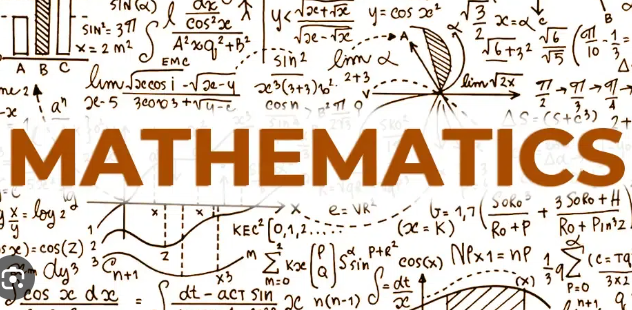The Pythagorean theorem, a cornerstone of geometry, has transcended the boundaries of mathematics to become a symbol of intellectual achievement and the power of reason. For over two millennia, this elegant equation, a² + b² = c², has provided a fundamental tool for understanding spatial relationships and solving countless problems.
The origins of the theorem are shrouded in some mystery. While Pythagoras (c. 570 – c. 495 BC) is credited with its popularization and widespread use, evidence suggests earlier civilizations in Mesopotamia and India might have been familiar with the concept. However, Pythagoras is believed to have been the first to provide a formal proof, solidifying its place in mathematical history.
The beauty of the Pythagorean theorem lies in its simplicity and universality. It applies to any right triangle, regardless of its size or orientation. This universality has made it an invaluable tool in various fields, from engineering and architecture to physics and astronomy.
Here are some ways the Pythagorean theorem is used:
-
Engineering and Architecture: From calculating the strength of beams in bridges to ensuring the proper layout of buildings, the Pythagorean theorem is used to determine lengths, angles, and ensure structural integrity.
-
Surveying and Navigation: Land surveyors rely on the theorem to measure distances and plot boundaries. Similarly, pilots and sailors use it to determine their position and navigate using triangulation.
-
Astronomy and Physics: The theorem plays a role in calculating the distances between celestial bodies and understanding the motion of projectiles.
Beyond its practical applications, the Pythagorean theorem holds a deeper significance. It exemplifies the power of logic and deduction. The ability to derive a universal truth from a set of basic principles offers a glimpse into the beauty and order underlying the universe.
The Pythagorean theorem continues to inspire mathematicians and students alike. Its enduring legacy lies in its ability to:
- Spark Curiosity: The theorem's simplicity often sparks a fascination with mathematics and the desire to explore geometric relationships.
- Develop Problem-Solving Skills: The process of applying the theorem to various scenarios hones critical thinking and problem-solving abilities.
- Connect Math to the Real World: Seeing the theorem applied in various fields demonstrates the relevance of mathematics in everyday life.
In conclusion, the Pythagorean theorem is far more than a mathematical formula. It is a testament to the human mind's capacity for logical reasoning and a powerful tool for understanding the world around us. Its enduring legacy continues to inspire generations of learners and serves as a reminder of the timeless beauty and power of mathematics.

